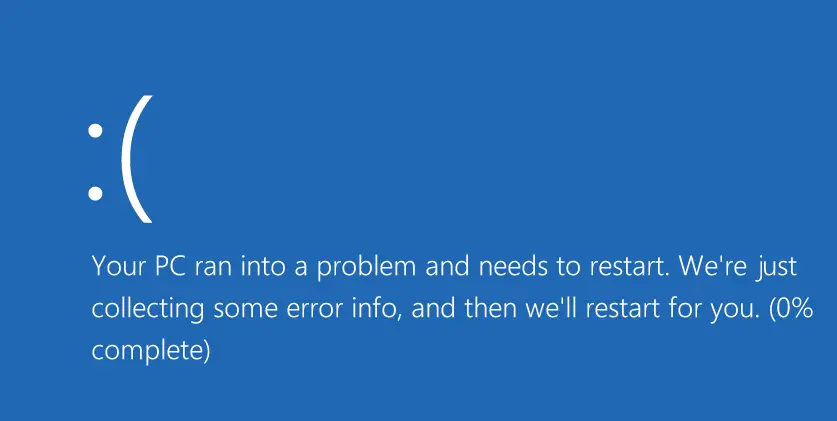This is part one of a two part series on enhancements to the HP 3PAR StoreServ platform announced at HP Discover in June.
One of the biggest benefits of being an HP invited blogger for HP Discover is the opportunity to sit and talk with architects and executives during coffee talks and importu meetings in the bloggers lounge. This gives me and other bloggers the opportunity to ask our specific questions from really technical or strategic HP staff. During the past two HP Discover events, I have had great opportunities to talk to HP 3PAR storage team members and get some great information about specific issues and some ideas on where things may be heading.
At HP Discover in Barcelona back in December, Calvin Zito (@HPStorageGuy) introduced me to Siamak Nazari, an HP Fellow and chief architect for 3PAR’s OS. I and few other bloggers had the opportunity to talk about how HP develops the 3PAR OS and the evolution of the ASIC inside the 3PAR.
In December, I asked Nazari specifically about things that break with Peer Persistence and the 3PAR advanced features. Earlier in the year, my employer had implemented a pair of 3PAR StoreServ 7400’s in our environment in a Peer Persistence configuration. I quickly noticed that the advanced feature sets didn’t fully support Peer Persistence and I was curious when we might expect that.
Peer Persistence is 3PAR’s flavor of Metro Storage Clustering for VMware. Peer Persistence allows synchronous replication between the two arrays and a seamless failover from one set of LUNs to another between arrays without interruption to the VMware workloads. The primary 3PAR presents its LUNs under a WWN as active storage paths and the secondary/replication array presents its LUNs in a secondary/passive state until the failover occurs. When failover occurs, the replica becomes the active paths and the other array becomes secondary/inactive. The failover and monitoring can be automated with a Quorum Witness to handle the failover in the event of an array failure.
Peer Persistence is the new addition to the 3PAR feature set and understandably, a lot of the other advanced features don’t recognize Peer Persistence. One of the things we realized immediately is that Peer Persistence and Adaptive Optimization do not share data. So while AO is balancing data between storage tiers on the primary array based on the read and write characteristics of data, the secondary array is not receiving all the read operations so its AO will not optimize the same or as well as the primary.
Nazari acknowledged that this is the case in 3PAR at the present time. One of the potential solutions to this is an enhanced federation between 3PAR arrays, which may get delivered in a future 3PAR OS release. There is nothing technically to prevent this type of data sharing between arrays to allow AO to optimize workloads the same across arrays, but presently the arrays don’t share the data. Federation would allow for this type of data and a lot of other data to be shared and managed centrally across multiple arrays.
But one of the things that I’ve realized is that HP, like all companies, has limited resources to apply to a large set of problems to solve. So, they prioritize features based on biggest benefit to customers and other factors.
So during HP Discover in June, I had the opportunity to talk with Priyadarshi Prasad (@Priyadarshi_Pd) about developments announced during the June event, including thin deduplication and HP’s strategy to get solid state storage down to the cost of spinning disk and I also wanted to get an update on my earlier question.
I asked again about any developments for advanced features like Adaptive Optimization interoperating with Peer Persistence. This time, we had a different conversation – one that prompted this post.
Pointing back to the announcements of the latest HP Discover, Prasad talked with me about the total cost solid state disk in a 3PAR array. This June, HP announced the HP 3PAR StoreServ 7450 all flash array with new 1.9TB Solid State Disks, Thin Deduplication and Adaptive Sparing. As a combination of these announcements, HP estimates it can deliver an all-flash array with usable storage at a cost of $2 per GB – similar to the cost of spinning disk. Prasad pointed out that if HP can reduce the cost of solid state storage to the same as spinning disk, would technologies like Adaptive Optimization even be needed anymore? Spinning disk is adopted for its low cost per GB, but if solid state can be adopted at the same cost, why wouldn’t customers go there instead.
While delivering $2 per GB solid state, until there is another tier of storage that is more costly and better performing than solid state, tiering technologies would become more or less obsolete. One valid observation is that non-volitile RAM (NVRAM) is coming and may present options for another, fast tier of storage, so we may see this come again, but it sounds like today that federated AO may have just moved way down the list of priorities.
As a customer with existing 3PAR with spinning disk, obviously I want to see some sort of federation and central management which also shares AO characteristics between arrays. It doesn’t do anything for customers who have already adopted spinning disk on 3PAR. Most likely, if we adopted all solid state, it will be in a new array or within a tier on our existing arrays. Its not likely for us or many customers to take existing spinning disk offline within existing arrays. So, for this reality to come to fruition, its going to take several years for arrays to refresh all-together or for new arrays to be adopted side by side.
But it certainly warrants more information and investigation to the HP claim of $2 per GB for solid state disk. That’s where part two in this series goes next – investigating HP’s 3PAR StoreServ $2 per GB.
Disclaimer: HP invited me to HP Discover as a blogger and covered my expenses to attend the event. I also spoke at a session during the event. As always, the views and opinions stated on this blog are my own. HP was given no editorial control over content or topics for my posts.
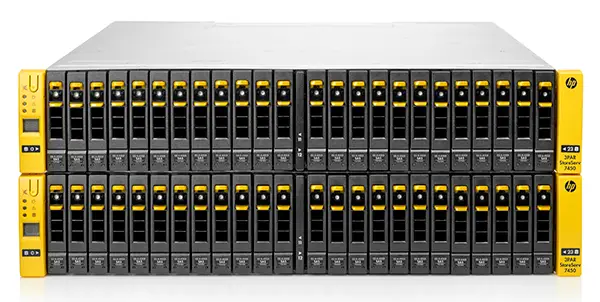


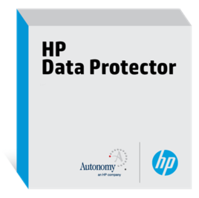 Without backup software to actually use Federated Catalyst, the technology itself doesn’t do much good, so my first question is when would Data Protector support Federated Catalyst. The good news is that Data Protector 8 and 9 will both support Federated Catalyst when it becomes generally available with the new 3.11 StoreOnce firmware.
Without backup software to actually use Federated Catalyst, the technology itself doesn’t do much good, so my first question is when would Data Protector support Federated Catalyst. The good news is that Data Protector 8 and 9 will both support Federated Catalyst when it becomes generally available with the new 3.11 StoreOnce firmware.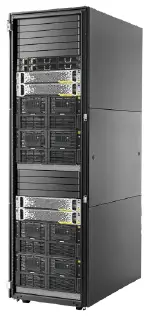 This week at HP Discover, HP announced a new Federated Catalyst feature for the StoreOnce family of disk to disk backup arrays. The new capability will allow backup administrators to make large Catalyst stores on a StoreOnce and allow for data to be striped across all the back-end service sets in the array. Federated Catalyst is available immediately on the StoreOnce B6500 line and will be coming in a few weeks to the StoreOnce B6200 line.
This week at HP Discover, HP announced a new Federated Catalyst feature for the StoreOnce family of disk to disk backup arrays. The new capability will allow backup administrators to make large Catalyst stores on a StoreOnce and allow for data to be striped across all the back-end service sets in the array. Federated Catalyst is available immediately on the StoreOnce B6500 line and will be coming in a few weeks to the StoreOnce B6200 line.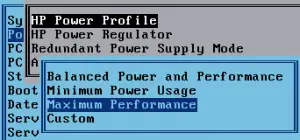 I checked this on my HP ProLiant blade servers and they were set to the default “Balanced Power and Performance.” The label doesn’t sound all that bad, but on further searching, this setting enabled the dynamic power management within a server. With this enabled, the CPU’s seemed to be powering down and taking additional time to power up when demand from vSphere increases.
I checked this on my HP ProLiant blade servers and they were set to the default “Balanced Power and Performance.” The label doesn’t sound all that bad, but on further searching, this setting enabled the dynamic power management within a server. With this enabled, the CPU’s seemed to be powering down and taking additional time to power up when demand from vSphere increases.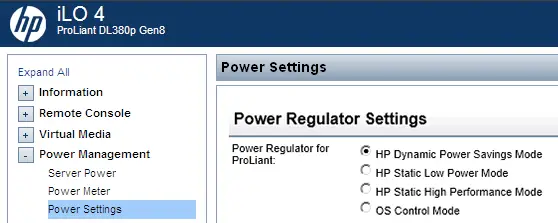
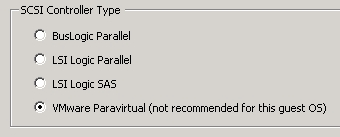 VMware unanimously makes the recommendation to the the Paravirtualized SCSI adapters within guest OSes when running business critical apps on vSphere in all the courses linked above. Paravirtualized SCSI adapters are higher performance disk controllers that allow for better throughput and lower CPU utilization in guest OSes according to
VMware unanimously makes the recommendation to the the Paravirtualized SCSI adapters within guest OSes when running business critical apps on vSphere in all the courses linked above. Paravirtualized SCSI adapters are higher performance disk controllers that allow for better throughput and lower CPU utilization in guest OSes according to 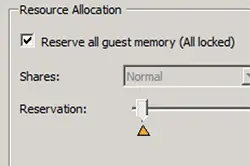 VMware recommends reserving the entire memory allotment for virtual machines running business critical apps. This ensure no contention where high performance applications are concerned. vSphere 5 and higher with virtual hardware version 8 or higher has a checkbox that allows for reserving the entire allotment of vRAM, even as allocations change.
VMware recommends reserving the entire memory allotment for virtual machines running business critical apps. This ensure no contention where high performance applications are concerned. vSphere 5 and higher with virtual hardware version 8 or higher has a checkbox that allows for reserving the entire allotment of vRAM, even as allocations change.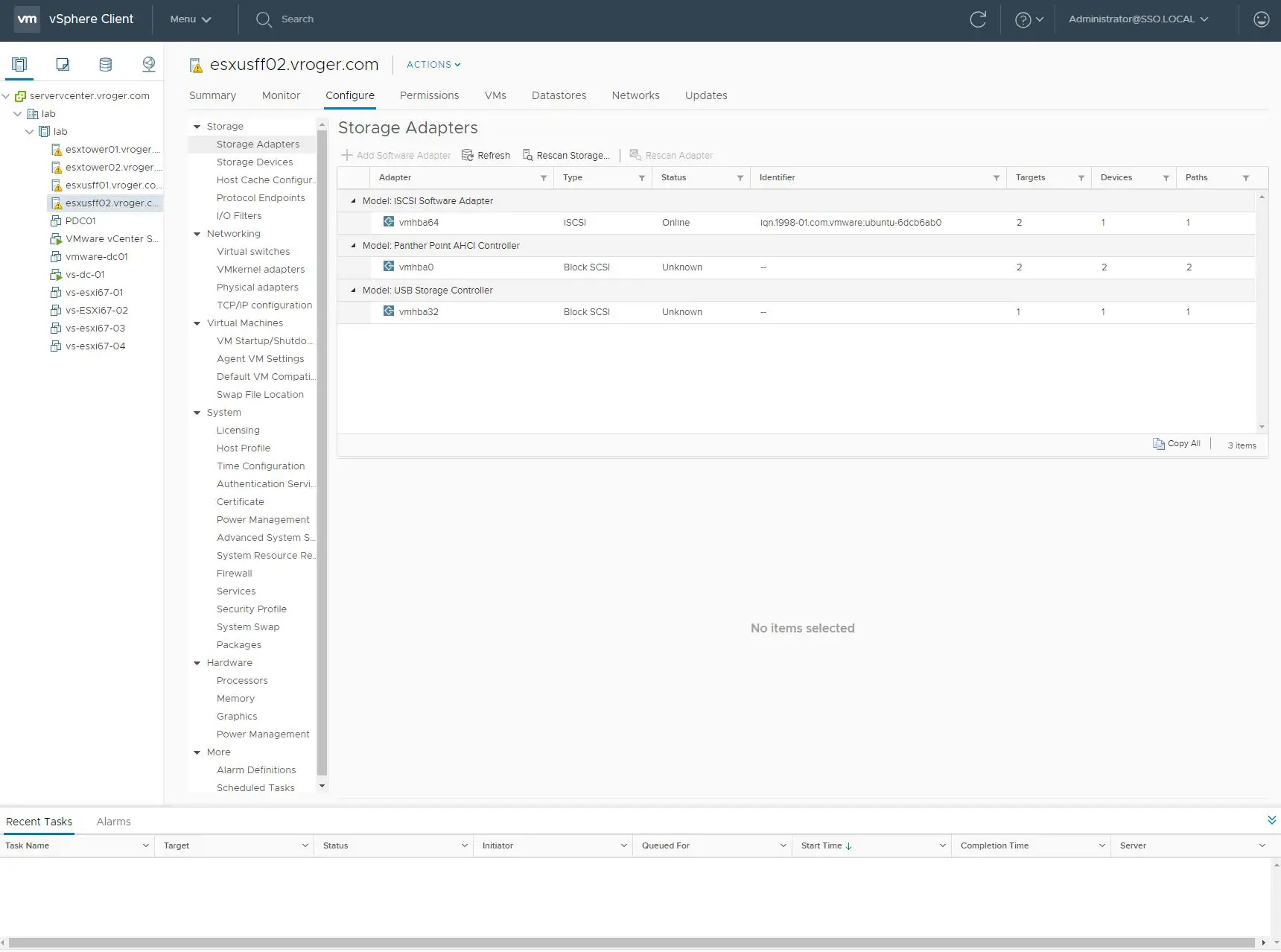
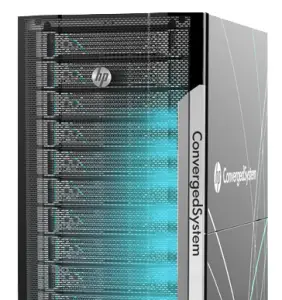
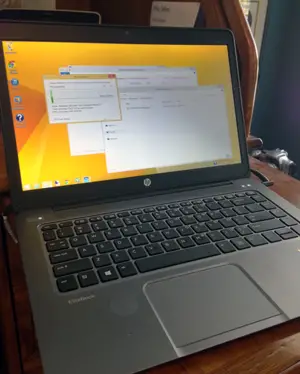 Today wraps up a week of full-time testing of the Elitebook Folio 1040. I survived Microsoft TechEd this week without a Mac. There were some bumps along the road, but the overall experience was a good one with this new laptop. The Elitebook Folio 1040 hardware is very impressive. Some of the highlights for me have to be the battery life, the fingerprint scanner for login and passwords and the resolution of the screen. I also love the weight, or lack of weight actually, for this system. It’s extremely portable.
Today wraps up a week of full-time testing of the Elitebook Folio 1040. I survived Microsoft TechEd this week without a Mac. There were some bumps along the road, but the overall experience was a good one with this new laptop. The Elitebook Folio 1040 hardware is very impressive. Some of the highlights for me have to be the battery life, the fingerprint scanner for login and passwords and the resolution of the screen. I also love the weight, or lack of weight actually, for this system. It’s extremely portable. HP showed off its new, free Scripting Tools for Windows at Microsoft TechEd this week on the expo floor. The scripting tools are specifically Powershell cmdlets for iLO control in the version 1.1 release. The cmdlets allow you to script a number of functions against the iLO management processors. The Powershell cmdlets work against iLO 3 and iLO4 which roughly equates to Proliant G7 and Gen 8 models.
HP showed off its new, free Scripting Tools for Windows at Microsoft TechEd this week on the expo floor. The scripting tools are specifically Powershell cmdlets for iLO control in the version 1.1 release. The cmdlets allow you to script a number of functions against the iLO management processors. The Powershell cmdlets work against iLO 3 and iLO4 which roughly equates to Proliant G7 and Gen 8 models.